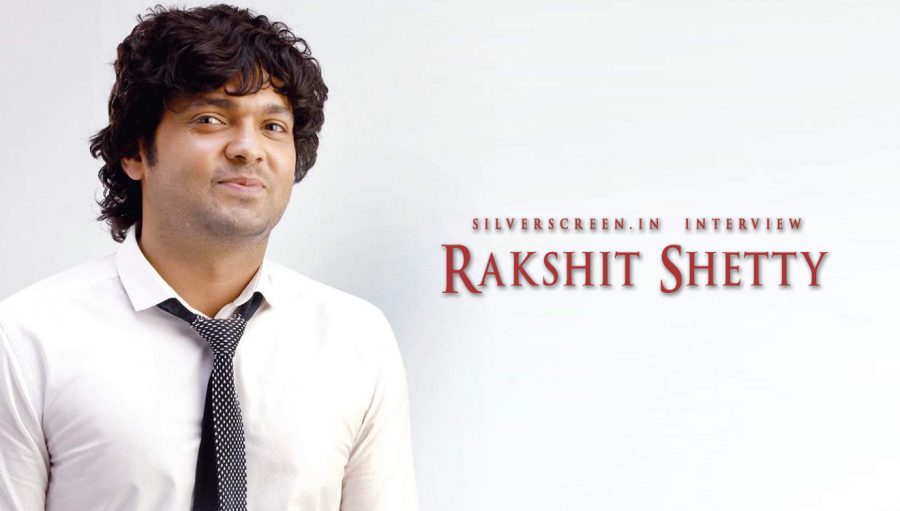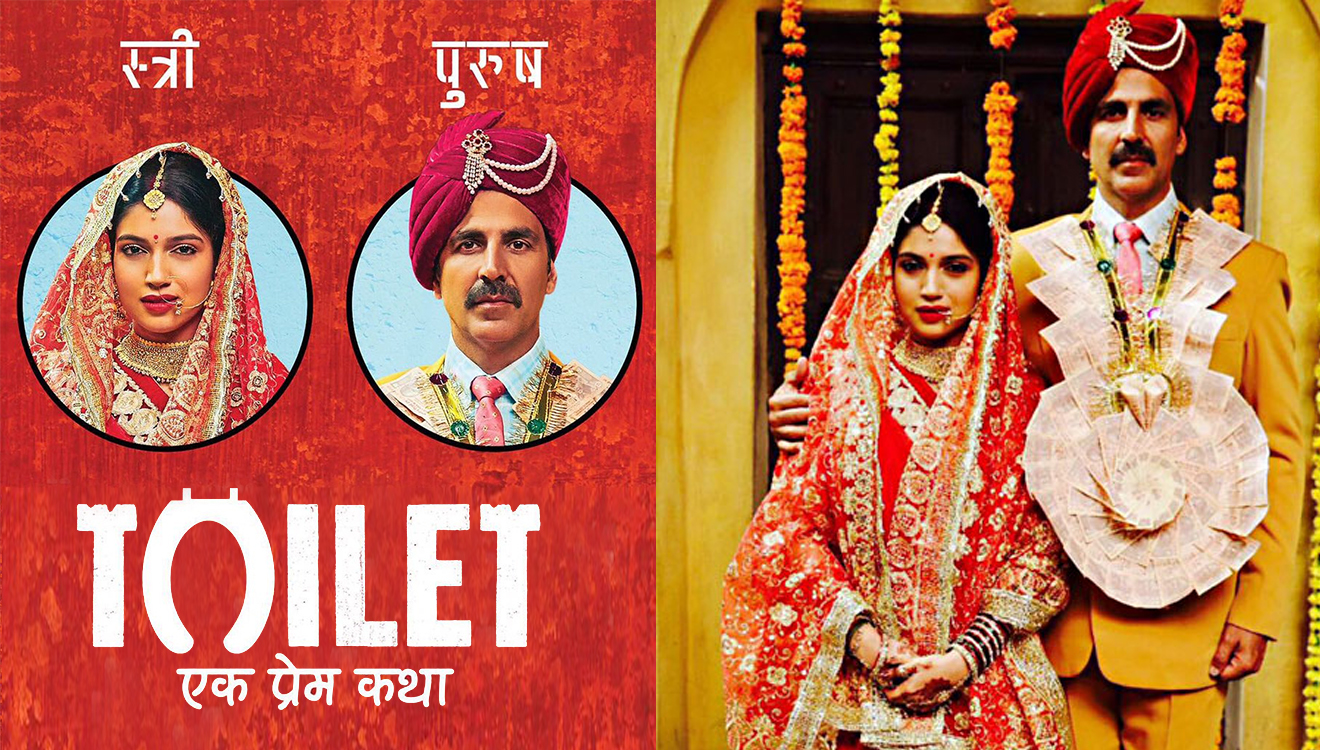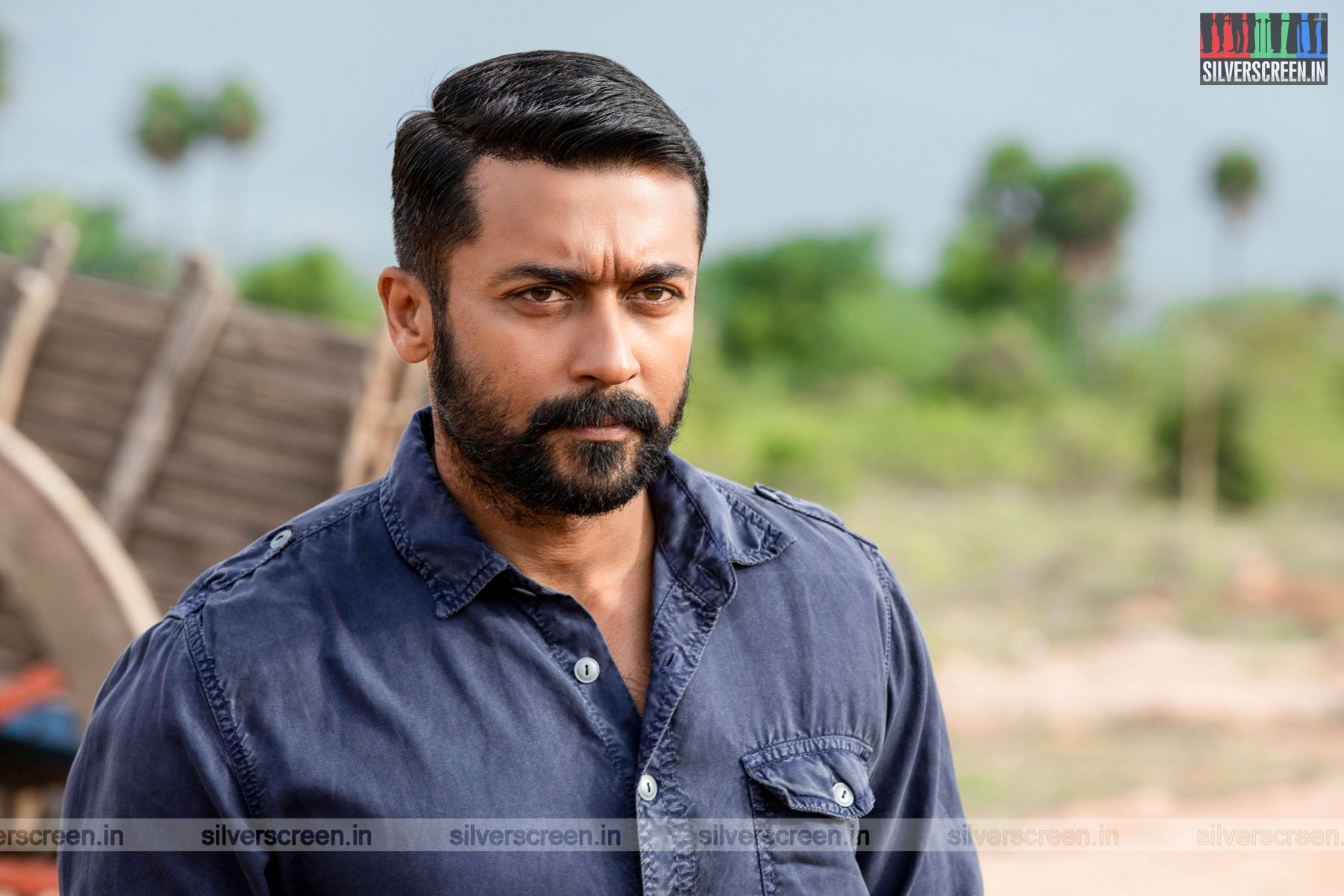Eight years since his debut in a romantic potboiler as a third-wheel character, Rakshit Shetty is a name to reckon with in the Kannada film industry. The 35-year-old former engineer has successfully diversified his career into acting, film-making, production and distribution through his home banner Paramvah Studios. He is a prominent part of a new-wave generation that is steering Kannada commercial cinema out of stagnancy.
After starring in a few romantic comedies in the beginning of his career, Shetty made his directorial debut with Ulidavaru Kandanthe (As Seen By Others) in 2014. The Rashomon-esque drama set in coastal Karnataka, won the Karnataka State Award for the Best Debutant Director, and bagged the Best Film award at Filmfare Awards (South). In 2016, he worked in two blockbusters – Godhi Banna Sadharana Mykattu, a drama directed by Hemnath Rao, in which he starred alongside veteran actor Anant Nag, and Sruthi Hariharan, and Kirik Party, a comedy-entertainer that he co-produced and starred in the lead role. The film, directed by his brother Rishabh Shetty, became the second-highest grossing film ever in the Kannada film industry.
I speak to Shetty two weeks after the trailer of his upcoming film Avane Srimannarayana was released online. The film is set to release only in December, but the spunky trailer has managed become an object of curiosity on social media. “The film is set in a fictional village called Amaravathi, which is ruled by a traditional dacoit. And there comes a police officer. The film is about how he solves problems. It’s a simple story,” says Shetty. “I hope it will also connect to people, and entertain them.”
From the look of the trailer, Avane Srimannarayana is Shetty’s closest attempt at playing a mass hero role. “I have always been quite a counter to mass hero constructs,” he says. “If you look at Ulidavaru Kandante, Richie (his character) was a mass hero, but the film wasn’t a mass entertainer. It was an experimental film.”
He says his focus has always been in restyling the commercial format. “Avane is a blend of a commercial and a genre cinema. I don’t know if you can call it a ‘mass entertainer’. In fact, I don’t know if I can ever make a mass film where an item song comes out of the blue, and I break into a dance in between. I am not saying that kind of films are wrong; there is an audience that enjoys it. But it is not my cup of tea. I am trying to explore new styles within the commercial format. I don’t know if it will work or not.”
Among the films produced by Paramvah Studios this year is Kathayondu Shuruvagide, a breezy romantic-comedy starring Diganth and Pooja Devariya, which is set to release on July 20. Going by the film’s promotion videos and songs, it has a mood akin to that of Kirik Party. “It is not as though I am producing only feel-good comedies,” he says. “If I like a subject, and if I feel the filmmaker and the team have the ability to crack it, I will produce the film.”
***
Over the years, Shetty and his contemporaries in the Kannada film industry have garnered a small, yet significant non-Kannada speaking audience residing outside the state.
“I really think my foundation to creating a non-Kannada audience was Ulidavaru Kandante,” he says.
“After its release, and especially after the DVD came out, I have been getting calls and congratulatory messages from Malayalis,” says Shetty. “Probably they loved the film because it is set in Udupi, which is geographically very similar to north Kerala.” The film did strike a chord with Tamilians too, and they remade the film in Tamil as Richie, starring Nivin Pauly in the lead role.
Ulidavaru Kandante has an unusually quirky texture for a Kannada commercial film. It stitches together several narratives that intersect at different points, and the film ends on an open note, without giving the audience a conventional closure. At the center of the film, is an anti-hero, and the women in the film aren’t coy or bubbly.
“I have never worked under any filmmaker, or studied film-making academically. My knowledge about film-making comes completely from my experience of watching films, and making short films,” says Shetty. Among his favorite films are Pulp Fiction and the films of Japanese master Akira Kurosawa. But Rashomon wasn’t there on his mind while writing Ulidavaru, he says.
“Maybe it was there subconsciously. I wanted to make a Pulp Fiction kind of film in Kannada. See, the other industries were exploring all kind of things, in terms of dialects, aesthetics, whereas in Kannada, we were stuck with Mysuru-Mandya dialect. We have barely explored other regions within the state. The hero is always with a sword in hand. I knew there was always an audience for a different kind of film,” he says.
The film didn’t create waves at the box-office as Shetty had been hoping. “It did affect me as a writer,” he admits. “I am yet to get over it.”
“To be frank, now while writing a scene, I am worried if it would would work or not. It wasn’t the case when I was writing Ulidavaru. I wrote the way I liked, whatever I wanted to write. Now, I think twice if a line or a scene would connect to the audience or not,” he says. Now his focus, he claims, is on finding a balance between his kind of films, and the films that the general audience love.
Not that Ulidavaru Kandante didn’t find success, mind you. People watched the film on DVD or pirated copies, and discussed the film on online cinephile forums. Five years since the release, it has a bigger fan base than ever. “Not even blockbusters are talked about that way,” he says. “The film might have hardly made Rs 2 crores at the box-office, but it opened up a market (in Kannada film industry) for a new genre of films. Now when this new kind of film comes to theaters, people are at least curious about it. Slowly, these kind of experimental films will find an audience here.”
We talk about Ulidavaru Kandante’s soundtrack, which blends folk tunes with commercial film music style, composed by Ajaneesh Lokanath, a regular collaborator of Shetty.
“Ajaneesh has a lot of ideas which he liberally comes up with when we work together. ‘Paper Paper’ song and its visuals are designed on the lines of something I heard and saw while growing up in Udupi, a small-town which becomes a different world altogether during the Krishna Janmashtami season. Kids would go door to door, dressed up like a newspaper boy or a doctor, screaming “paper paper”, “medicine“..! I wanted to make a song on them.”
Kirik Party is often compared to Malayalam blockbuster Premam. Shetty tells me how the latter, inadvertently, became an inspiration for him to make Kirik party.
“A few years ago, a producer, who had seen a short film that I’d made, wanted me to make a feature film. I wrote Kirik Party. As an actor, I wanted to explore it, although I wasn’t very eager to direct it then. A Telugu version of the film was also supposed to be made simultaneously. However, the project didn’t take off,” he says.
When he and his brother, Rishabh, were in a position to make films without depending on a producer, the first script they considered was of Avane Srimannarayana, but it was eventually postponed when they realised the film demanded a bigger budget. “It was during that time Premam was released and became a rage in South India. I then realized I had written something very similar, which could be made in a small budget. That’s how Kirik Party happened,” he recounts.
Kirik Party also turned around Shetty’s personal life. It was on the sets of the film, he met Rashmika Mandanna. The couple fell in love, and got engaged in a private ceremony a year ago.
***
Shetty feels Kannada cinema is moving towards an exciting space. “The time I made Ulidavaru Kandanthe, I hardly had an audience for off-beat films. Today, we have an audience that can generate two or four times the revenue at the box-office than what we made then. It is only growing. There is also a growing crop of commercial filmmakers who want to strike a balance between the old kind of commercial films and good off-beat cinema. I genuinely believe five years down the line, Kannada cinema will be led by off-beat cinema.”
He says that while there is a huge audience for commercial cinema, it is up to the filmmakers what kind of tropes they use to create the entertainment quotient. “My films will have comedy scenes, but I won’t include them just for the sake of it. I want humour to be very situational, and not forced,” states Shetty.
Good women-oriented films should happen for an industry to be healthy, he says. “I think it can only be made in the turf of parallel cinema, rather than in commercial cinema,” he says and adds to it immediately, “I should probably not be saying that because I am sure there is an audience for women-oriented films in commercial cinema space as well, but in parallel cinema there is a whole range of subjects you can explore. There was a time when Puttanna (Kanagal) used to make a lot of women-oriented films in Kannada. But slowly, we lost the track.”
More women filmmakers should come froward and make films, he feels. “In today’s world, anybody can make a movie, even on a zero-budget. We all started like that. If a film is good, people will accept it,” he says.
Recommended
***
The new-wave generation in Kannada commercial cinema has also helped, to a great extent, solve Bengaluru’s language crisis. “I remember, when I was in plus-two or first year engineering, I almost never spoke Kannada. When we went to a mall or a public place, we would speak in English,” says Shetty.
“Things have changed so much in the last few years. I think 10 years ago, there was no pride among youngsters in Bengaluru for their own language. Films, being a major pop-culture medium, play a big role in inculcating that pride and love. Nowadays, even the ones who used to watch only other language films have come back to watching Kannada films because we are making films a young audience can relate to.”
***



